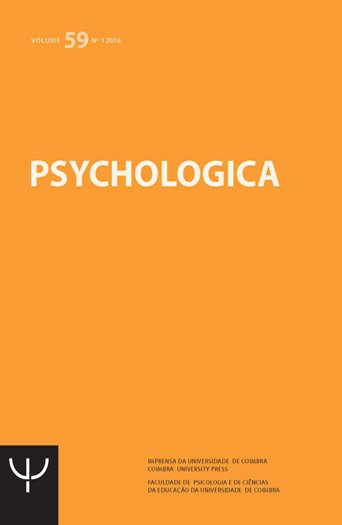Internalizing and externalizing symptoms of crack-cocaine users
DOI:
https://doi.org/10.14195/1647-8606_59-1_3Keywords:
crack-cocaine, internalizing symptoms, externalizing symptomsAbstract
The present study aimed to analyse the psychopathological functioning of crack-cocaine users compared to the general population. It is a quantitative cross-sectional study. A sample of 971 adults, aged from 18 to 59 years, was divided in two groups: crack-cocaine users and general population, selected by convenience sampling. Results: Statistical analysis, using Pearson’s chi-square test, showed a significant association between crack-cocaine users and a greater severity in internalizing and externalizing symptoms. Binary logistic regression analysis using the conditional stepwise backward method showed a severity model for the use of crack-cocaine adjusted to the gender, age, schooling, and anxiety/depression symptoms variables. Conclusions: Based on the results, the comorbidities associated with crack-cocaine use should be investigated to ensure an appropriate treatment for these users.Downloads
Download data is not yet available.
Downloads
Published
2017-01-02
How to Cite
Oliveira, M. da S., Cerutti, F., Ribeiro, F. de A., & Argimon, I. I. de L. (2017). Internalizing and externalizing symptoms of crack-cocaine users. Psychologica, 59(1), 43-53. https://doi.org/10.14195/1647-8606_59-1_3
Issue
Section
Articles
License
Authors retain copyright and grant the journal right of first publication with the work simultaneously licensed under a Creative Commons Attribution License that allows sharing the work with recognition of authorship and initial publication in Antropologia Portuguesa journal.







